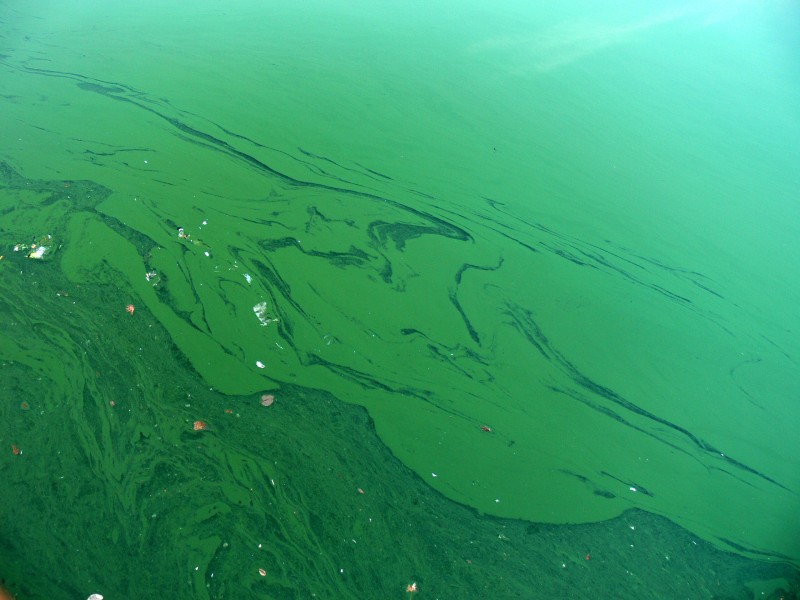
Blue Green Algae
Blue green algae or cyanobacteria are a type of microscopic, algae-like bacteria which inhabit freshwater, coastal and marine waters. Cyanobacteria photosynthesise like plants and have similar requirements for sunlight, nutrients and carbon dioxide to grow and produce oxygen. There are many different varieties of blue-green algae. While often a green or blue green colour, they can also be white, brown, blue, yellow-brown, or red. If conditions are suitable, blue green algae can increase to excessive levels and form visible ‘blooms’ which can adversely affect water quality. Poor water quality and the potential for toxicity means that blue-green algae can cause environmental problems, disrupt drinking water supplies, recreational activities and water-dependent industries, and pose a risk to livestock, wildlife and human health.
